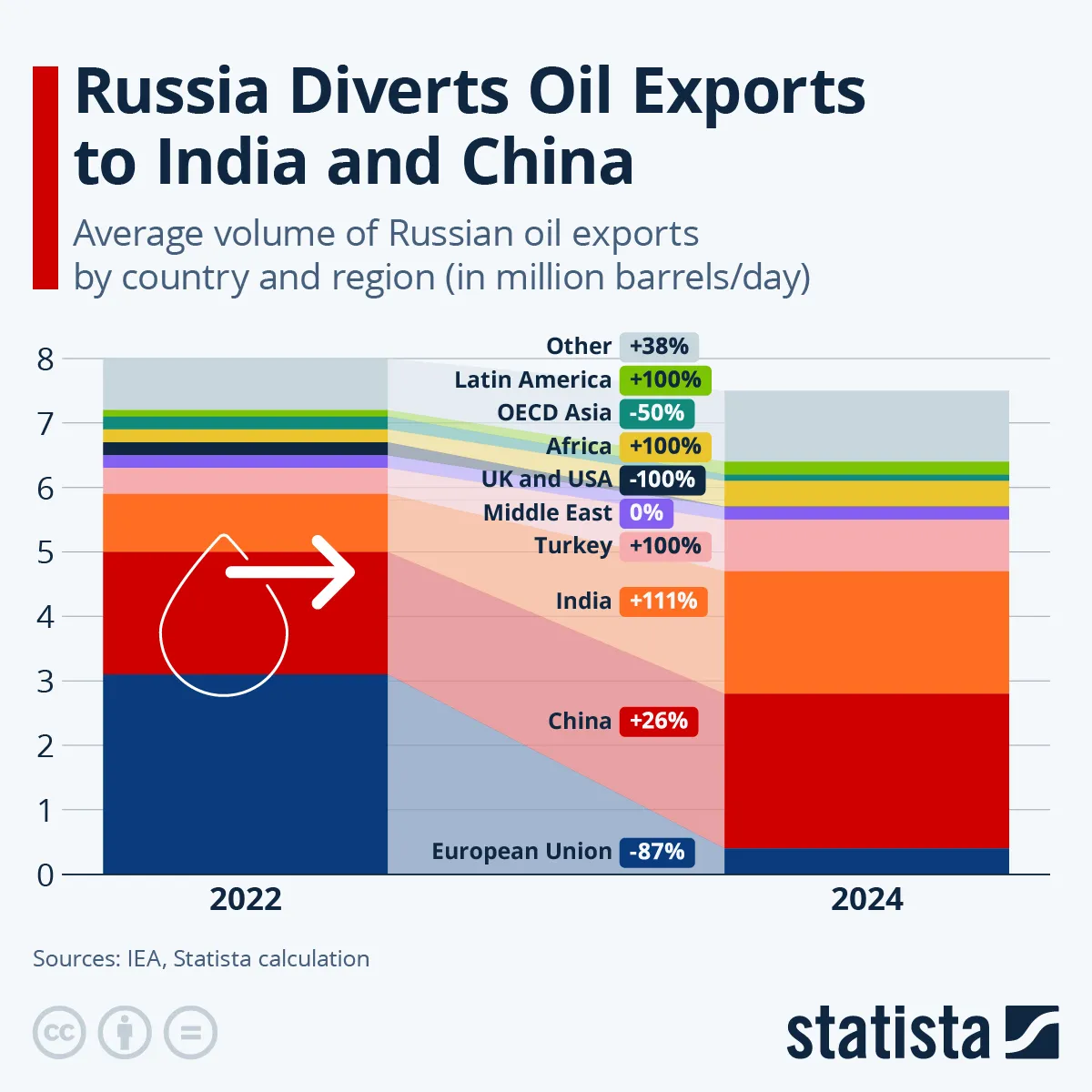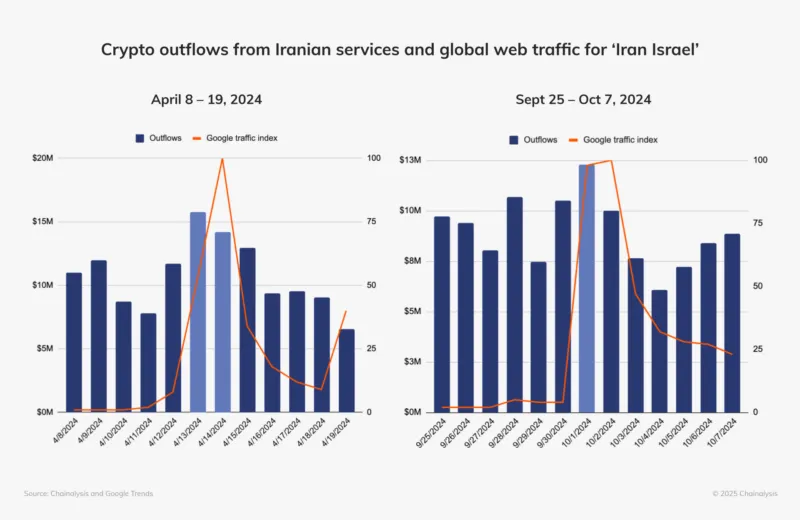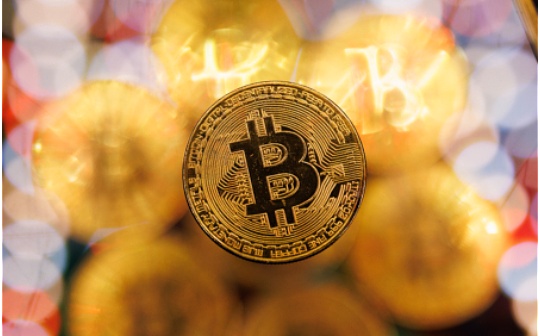How do stablecoins change global trade outside of sanctions?

Reprinted from panewslab
05/08/2025·17DWritten by Tiger Research , this report analyzes how stablecoins can change global trade outside of sanctions, their growing role as a legitimate financial infrastructure, and adoption in countries such as Russia and China.
Summary of key points
-
Russia’s use of stablecoins in oil trade shows that stablecoins are no longer fringe tools—they have become real financial infrastructure in high-risk cross-border commerce.
-
Although China and India have restrictions on domestic cryptocurrencies, they benefit from stablecoins trading with Russia and quietly experience the efficiency of decentralized finance at the national level.
-
Governments around the world respond in different ways, but all acknowledge that stablecoins are reshaping the way value flows across borders.
1. The rise of stablecoins as strategic currencies under sanctions
The global importance of stablecoins is increasing, not only as a speculative tool, but also as a practical financial tool—first by individuals, then institutions, and now the entire country.
The rise of stablecoins began with a crypto-native environment, where traders traded stablecoins such as USDT and USDC, efficiently transferred capital and gained liquidity on centralized and decentralized platforms. Especially in markets where bank infrastructure is limited or capital controls exist, stablecoins enhance access to the US dollar.
Subsequently, the adoption of stablecoins expanded to institutional and B2B use cases. Businesses have begun using stablecoins for cross-border payments, supplier settlements and wage payments, especially in emerging markets where traditional banking services are unreliable or costly. Compared with wire transfers through SWIFT or proxy banks, stablecoin transactions are settled almost instantly without intermediaries, and the cost is significantly reduced. This makes stablecoins more efficient, but are increasingly indispensable for companies operating in politically or economically unstable areas.
Now, stablecoins are being tested at the national level, and their role has shifted from convenience to strategic. Countries facing sanctions or seeking to replace the U.S.-dominated financial system, such as Russia, have turned to using stablecoins.
As stablecoins transform from corporate tools to national-level trade tools, their role evolves from operational convenience to political necessity. This report will explore how stablecoins can be used to circumvent restrictions, reduce costs and open new trade routes through real-world case studies.
**2. The practical application of stablecoins: How global trade adapts
behind the scenes**

Source: Statista
Russia is increasingly integrating stablecoins such as USDT and major cryptocurrencies such as Bitcoin and Ethereum into its oil trade with China. According to a March 2025 Reuters report, this represents a strategic effort to circumvent Western sanctions.
The trading model is relatively simple. Chinese buyers transfer domestic currencies (such as RMB) to intermediaries, which convert them into stablecoins or other digital assets. These assets are then transferred to Russian exporters, who then exchange funds for rubles. By excluding Western financial intermediaries, this process reduces sanctions risks and enhances transaction resilience.
Stablecoins play a particularly critical role in the digital assets used in these transactions. While Bitcoin and Ethereum are occasionally used, their price volatility makes it unsuitable for large-scale transactions. In contrast, stablecoins such as USDT offer price stability, high liquidity and ease of transfer, qualities that support their growing role in cross-border settlement in constrained environments.
It is worth noting that China continues to impose strict restrictions on the use of domestic cryptocurrencies. However, in the context of energy trade with Russia, the authorities appear to be tolerant of stablecoin transactions. Although there is no formal endorsement, this selective tolerance reflects the need to maintain commodity supply chains under geopolitical pressure.
This dual posture—combination of regulatory prudence with actual participation— highlights a trend: even within an official restrictive regime, digital assets are quietly adopted to gain their operational practicality. For China, stablecoin-based settlement provides a way to bypass traditional banking systems, reduce dependence on the US dollar, and ensure trade continuity.

Source: Chainalysis
Russia is not an isolated case. Other sanctioned countries, such as Iran and Venezuela, have also turned to stablecoins to maintain international trade. These examples show that stablecoins are growing in usage patterns as tools to maintain business functions in politically restricted environments.
Even if sanctions ease over time, stablecoin-based settlements may continue to be used. Its operational advantages—faster transaction speeds and lower costs—are very significant. As price stability becomes an increasingly critical factor in cross-border trade, more countries are expected to step up discussions on the adoption of stablecoins.
**3. Global Stablecoin Momentum: Regulatory Updates and Institutional
Changes**
Russia has especially experienced the practicality of stablecoins through personal practice. After the U.S. freezes wallets associated with sanctioned trading platform Garantex, Russian finance officials have called for the development of a ruble-backed stablecoin—a domestic alternative to reduce dependence on foreign issuers and protect future transactions from external control.
In addition to Russia, several other countries are also accelerating the exploration of the adoption of stablecoins. While Russia’s main motivation is to circumvent external sanctions, many other countries see stablecoins as tools to enhance monetary sovereignty or to respond more effectively to geopolitical changes. Its attractiveness also lies in the potential of faster and lower costs across borders, highlighting the role of stablecoins as the driver of modernization of financial infrastructure.
-
Thailand: In March 2025, the Securities and Exchange Commission of Thailand approved USDT and USDC transactions.
-
Japan: In March 2025, SBI VC Trade cooperated with Circle to launch USDC, which was approved by the Japan Finance Agency (JFSA).
-
Singapore: In August 2023, a regulatory framework for a single currency stablecoin (pegged to the Singapore dollar or G10 currency) was established to allow banks and non-bank issuance.
-
Hong Kong: The stablecoin bill was announced in December 2024, requiring issuers to obtain permission from the Hong Kong Monetary Authority; regulatory sandbox is underway.
-
United States: There is no comprehensive legislation yet. In April 2025, the SEC stated that fully supported stablecoins such as USDC and USDT were not securities. In March 2025, the GENIUS Act passed by the Senate Banking Committee aims to regulate payment of stablecoins. USDC and USDT are still widely used.
-
South Korea: Major domestic banks are preparing to jointly issue the first Korean won stablecoin.
These developments reveal two key trends. First, stablecoin regulation has gone beyond conceptual discussions, and the government is actively shaping its legal and operational parameters. Secondly, geographical differentiation is taking shape. Countries like Japan and Singapore are pushing for regulated stablecoins integration, while countries such as Thailand are taking stricter measures to protect domestic currency control.
Despite this differentiation, it is widely recognized worldwide that stablecoins are becoming a permanent component of global financial infrastructure. Some countries see it as a challenge to sovereign currencies, while others see it as a faster and more efficient global trade payment tool. Therefore, the importance of stablecoins in regulatory, institutional and commercial fields is increasing.
**4. Stablecoins are not expedients – they are the new financial
infrastructure layer**
The growing growth of stablecoins in cross-border transactions reflects a fundamental shift in financial infrastructure, not just an attempt to circumvent supervision . Even countries that have historically been skeptical about cryptocurrencies, such as China and India, have begun to use stablecoins indirectly in strategic commodity trade and experience their actual utility firsthand.
This development goes beyond sanctions and evasion . The initial retail-grade experiments have evolved into institutional and even national integration, making stablecoins one of the few blockchain innovations that show real products-market fit. Therefore, stablecoins are increasingly regarded as a legal component of the modern financial system rather than a tool of illegal activity.
Institutions that view stablecoins as structural elements of the future financial architecture—rather than temporary solutions—will likely take the lead in the next wave of financial innovation. Instead, those institutions that delay participation may face the risk of passive adaptation to others’ standards. Therefore, policy makers and financial leaders must understand the nature of stablecoins and their long-term potential and develop strategies that align with the direction of global financial systems evolution.


 jinse
jinse
